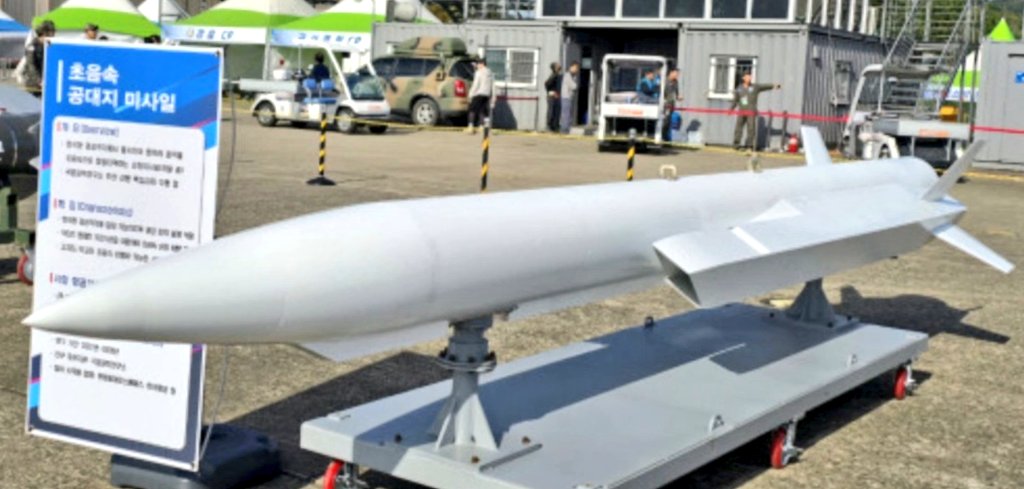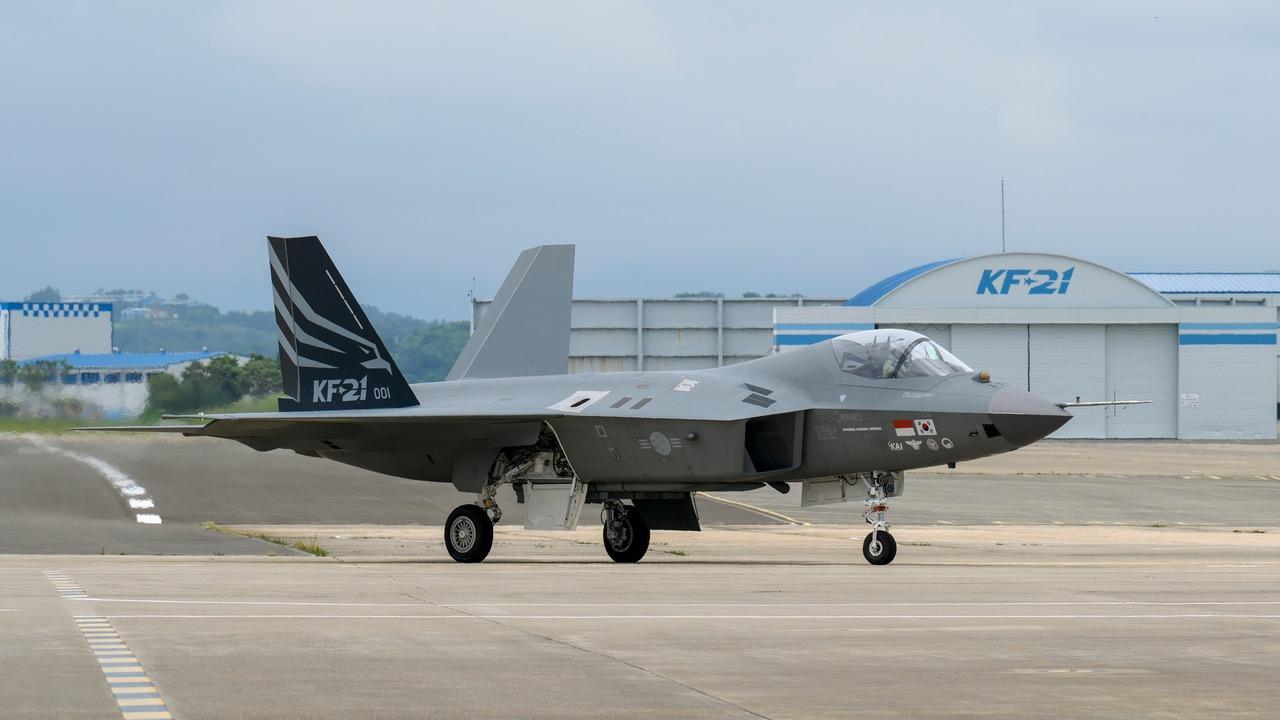South Korea Develops Supersonic Air-to-Ground Missile for FA-50 and KF-21 “Boramae”
The supersonic air-to-ground missile is intended for use with the FA-50 light combat aircraft and the KF-21 “Boramae,” a 4.5-generation fighter developed by Korea Aerospace Industries (KAI).
(DEFENCE SECURITY ASIA) – At the recently concluded Sacheon Air Show 2024 in South Korea, the republic’s Agency for Defense Development (ADD) unveiled a new supersonic air-to-ground missile under development, marking the first public reveal of the supersonic missile.
The supersonic air-to-ground missile is intended for use with the FA-50 light combat aircraft and the KF-21 “Boramae,” a 4.5-generation fighter developed by Korea Aerospace Industries (KAI).
According to media reports, the missile holds strong export potential and is expected to further bolster South Korea’s position as one of the world’s leading arms exporters.
Malaysia, which signed a contract in May 2023 to acquire 18 advanced FA-50M fighters, is among the international buyers of the FA-50.
Meanwhile, South Korea has initiated production of 20 KF-21 fighters, with the Republic of Korea Air Force (ROKAF) set to begin operating the aircraft by 2026.

A key question remains: will Malaysia’s FA-50M fighters, slated for delivery by late 2026, also be equipped with this supersonic air-to-ground missile?
If the Royal Malaysian Air Force (RMAF) expresses interest, South Korea is likely to offer the missile for export. Such a capability would significantly enhance the combat effectiveness of Malaysia’s FA-50M fleet.
Designed to be launched from fighter jets, the missile is optimized for precision strikes against ground targets at long ranges.
It compares to similar systems on the market, such as the Taurus missile from Germany and the Cheonryong cruise missile developed by South Korea’s LIG Nex1.
With a top speed of Mach 2.5 (approximately 3,000 km/h), the missile is highly challenging for most air defense systems to detect and intercept.

To achieve such speeds, the missile employs a ramjet engine. It has a reported range of 300 km, enabling it to reach its target in roughly five minutes from launch.
Reports also indicate that ADD plans to incorporate stealth features to reduce the missile’s radar signature, increasing its survivability against modern air defense systems.
One of the missile’s standout characteristics is its modular design, allowing it to perform various mission profiles through module adjustments.
Depending on the configuration, the missile can target both land and maritime objectives.
Development of the missile began in 2022, with the next phase scheduled to follow in 2026. Its maiden flight is expected to take place in 2025, with the FA-50 serving as the primary test platform.
Alongside ADD, other major defense contractors, including KAI and Hanwha Aerospace, are contributing to the missile’s development.

Once integrated with the FA-50 and KF-21 fighters, the supersonic missile is poised to significantly enhance the operational capabilities of both aircraft, further boosting their attractiveness in the global defense market.
Notably, competitors such as the F-16V and JAS 39 Gripen are currently equipped only with subsonic air-to-ground missiles.
The supersonic capability could provide South Korea’s missile a competitive edge, with existing FA-50/T-50 operators and potential KF-21 customers seen as key target buyers. – DSA



Comments are closed.